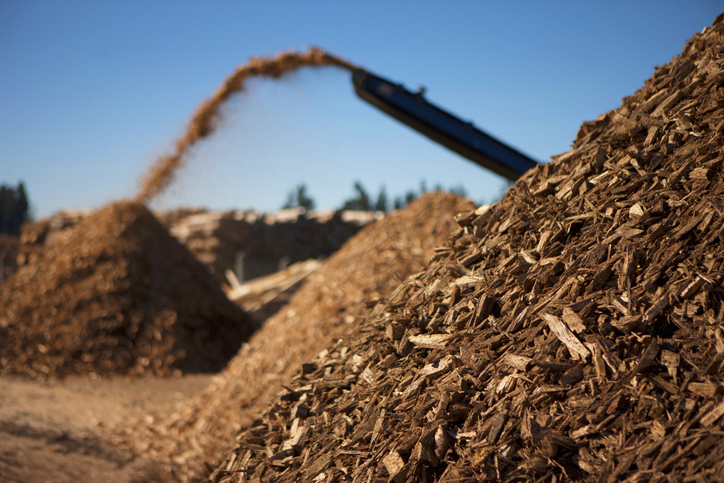Biomass is considered a renewable organic material that can be burned for energy. Main sources are wood and leftover waste from wood processing, some crops and crop waste, garbage like paper and yard waste, and animal and human manure. The U.S. Energy Information Administration (EIA) groups biofuels, which were discussed separately in a previous policy document,7 under the umbrella of biomass.
The focus of this analysis will be largely on wood- based biomass, especially what the EIA defines as densified biomass fuel—which consists of com- pressed and dried wood pellets and similar products. Wood-based biomass fuel is the largest single source of solid biomass energy in the United States.8 Energy from municipal solid waste products accounted for only 8.9 percent of total biomass energy in the United States in 2021.9 Other countries, like Japan and sever- al European nations, use more municipal solid waste in their energy mix.10
Densified biomass fuel is often promoted as a “green” replacement for coal in power plants. This is particu- larly true in Europe; the European Union (EU) is the world’s largest producer of wood pellets, constituting 46 percent of the world’s total production.11 The Unit- ed Kingdom is the world’s largest consumer of wood pellets, burning 21 percent of the global supply.12 Of that portion, 75 percent are imported from the United States.13
The United States is a net exporter of wood pellet fuel, with most pellets primarily produced from pellet manufacturing facilities in the American South, ac- cording to EIA data. The wood consists of a variety of feedstocks, including leftovers from sawmills and timber logging, as well as a substantial portion from virgin forests.14
Download

